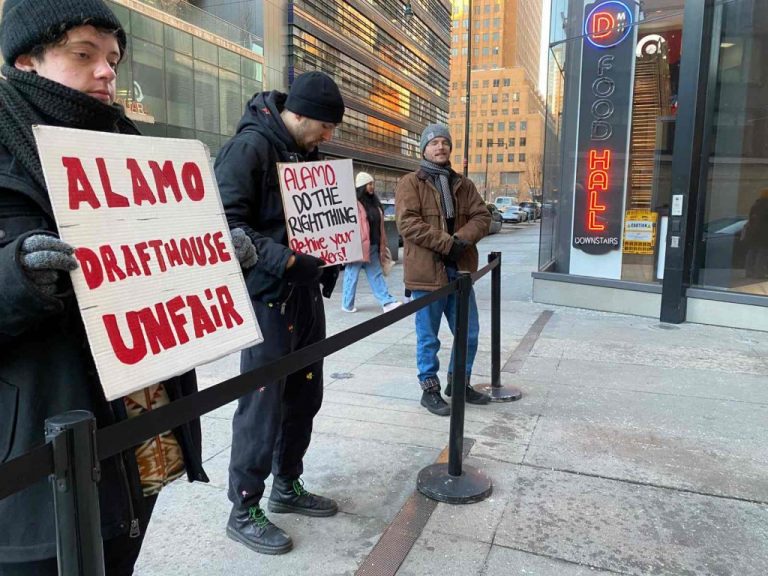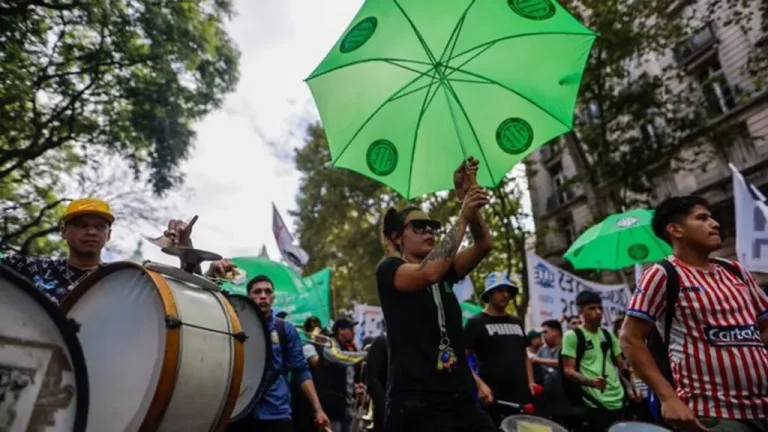Jobs Back: Alamo Drafthouse Workers Force Sony To Reverse Layoffs
After nearly two months on strike, workers at Alamo Drafthouse, a dine-in cinema chain, have forced Sony to reverse course on its mass firings. Last Sunday, Alamo United members overwhelmingly ratified a tentative agreement that restores every illegally laid off worker to their job, reinstates stolen paid time off and sick leave, and honors each worker’s original hire date and seniority. The strike officially ends this Friday.
Alamo Drafthouse, which was acquired by Sony in June 2024, started the year by trying to push through mass layoffs at multiple locations. At its non-unionized locations like its Slaughter Lane venue in Austin, the company laid off 25 percent of its hourly staff in January.















